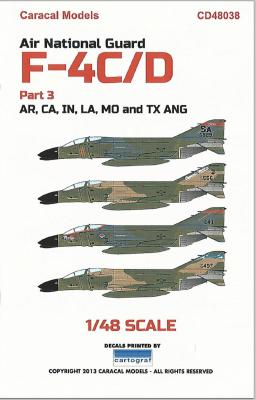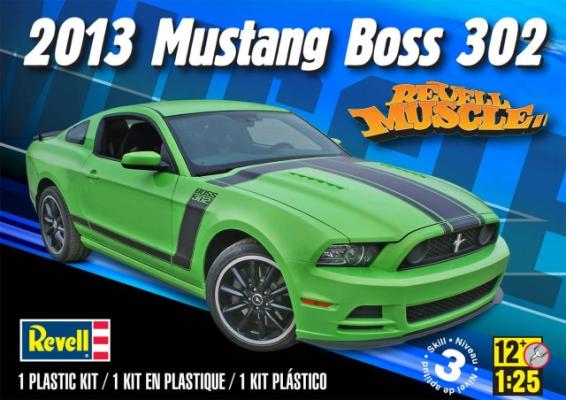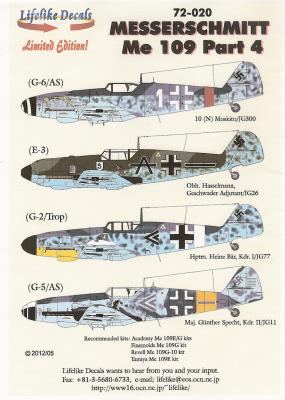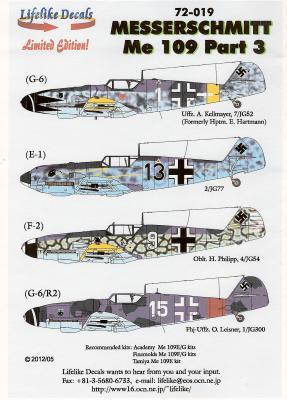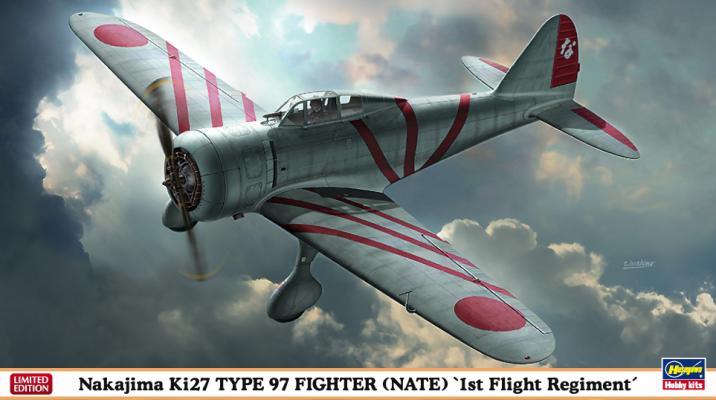Caracal Models is an Austin, Texas based firm that offers high-quality decals and detail parts for scale modelers. Their subjects include a variety of military aircraft from post-World War II to the present. I have purchased several of their decals sets on my own, and their offerings are typically well-researched and interesting subjects not usually addressed by other manufacturers. The usual 1/72, 1/48 and 1/32 scales are well represented. Shipping/mailing to US customers is free. If there is a subject that is not currently covered you would like to see done, visit their website at www.caracalmodels.com, and drop them a line via email or snail mail, and while you’re there, sign up for their email list to be notified of new issues. Ordering can be done on site via Paypal, or through various on line hobby suppliers and select local hobby shops. Those of us in Texas cough up an additional 8.25% for maintaining the Republic.
Welcome to the IPMS/USA Reviews site!
Introduction: The primary organization of the IPMS/USA Review website is by IPMS/USA National Contest Class. Within each Class there are sub-menus by kits, decals, books, etc. The Miscellaneous Class is for items that are not class specific or that cross two or more classes.
IPMS/USA Members: We encourage you to submit reviews, both here and to the Journal. To volunteer for membership in the IPMS/USA "Reviewers Corps" and submit your own reviews, please read the Guidelines For Submitting Product Reviews.
Manufacturers, publishers, and other industry members: IPMS/USA is pleased to offer your company the opportunity for product reviews. All product reviews are performed by IPMS/USA members, and are posted in the publicly-accessible section of our website. With very few exceptions, we perform full build reviews of new kit releases, aftermarket products, and supplies. If you would care to provide product samples for review, please contact John Noack, IPMS/USA 1st VP.
To learn more about IPMS/USA, please see our About Us page.
PROS: All-new tooling, exciting subject matter, great engine.
CONS: Too-high ride height, inaccurate wheels.
Revell's 2013 Mustang Boss 302 kit is produced from an all-new tool - only the tires, which originated in the company's 2010 Mustang GT kit, are carried over. However, Revell clearly used the same masters it used for its other late-model Mustang glue kits to produce the tooling for this one, and, as such, this kit retains the same strengths and weaknesses as every other Revell Mustang model all the way back to the 2006 GT.
I like the way Lifelike does their decals. They pick a type of aircraft and give you markings for several variants of that aircraft, rather than four or six of one type. This sheet contains markings for four Me109s. They are an Me109G-6/AS from 10 (N) Moskito/JG300, a high-altitude version with a yellow comet on the nose, a Bf109E-3 flown by Oblt. Hasselmann, the Geschwader Adjutant of JG26, an Me109G-2/Trop belonging to Heinz Bär when he was Kommodor of I/JG77, and an Me109G-5/AS of Maj. Günther Specht, Kommodor of II/JG11.
The instruction sheet is in full color, with side views of the aircraft showing the camouflage and decal placement. The decals are thin, in register, with what seems to be accurate colors.
So, as you can see, one sheet gives four fairly widely varied versions of the 109 with four different kinds of markings. No waste here. Recommended.
I like the way Lifelike does their decals. They pick a type of aircraft and give you markings for several variants of that aircraft, rather than four or six of one type. Personally, I don’t think I’ll be doing four Bf109E-1s, but I might do an E-1, an F-2, a G-6, and a G-6/R2. That’s what’s on this sheet. You get markings for four different variants of the Bf109 (or Me109, depending on when). The Bf109E-1 is from 2/JG77 with a yellow lightning bolt on the side of the fuselage. The Me109F-2 is Oblt. Hans Philipp from 4/JG54 with a prominent green and grey camo sprayed on the fuselage sides. The Me109G6 is flown by Uffz. A. Kellmayer of 7/JG52, an aircraft that previously belonged to Eric Hartmann. The last aircraft is an Me109G-6/R2 with an oversprayed grey and dark green camouflage from I/JG300. This one is a reconnaissance version.
History Brief
During the early summer of 1935 the Imperial Japanese Army issued requests to Mitsubishi, Kawasaki and Nakajima to competitively build advanced fighter aircraft prototypes to replace the Kawasaki Ki-10 fighter biplane. Before the end of 1935 Nakajima responded with the Ki-27, a single-seat monoplane fighter derived from the company's ‘Type P.E.’ aircraft.
Of the three contenders Nakajima’s nimble Ki-27 was by far more maneuverable than the other two but was not as fast and had a slower climb rate than the Kawasaki. Finally, after further testing in late 1937 the Nakajima was ordered into production as the Army’s Type 97 Fighter Model A or Ki-27A. Later production aircraft introduced further refinements, including an improved cockpit canopy, these carried the designation Ki-27B.











